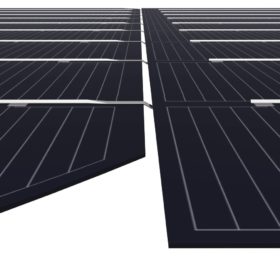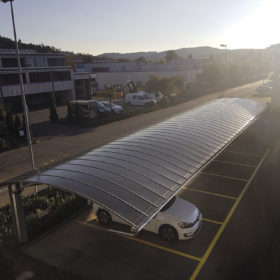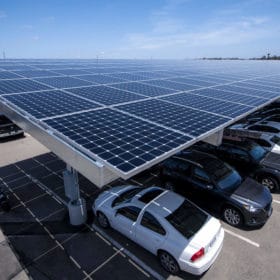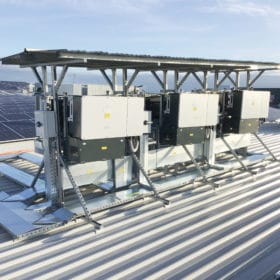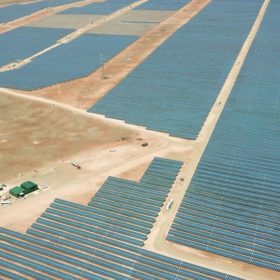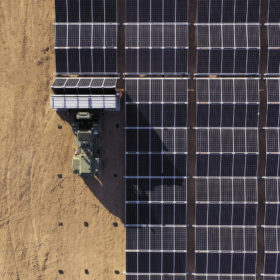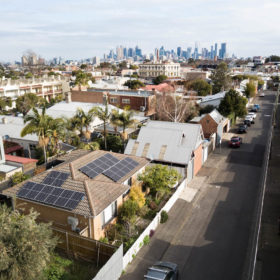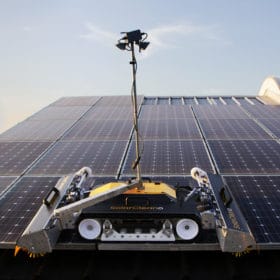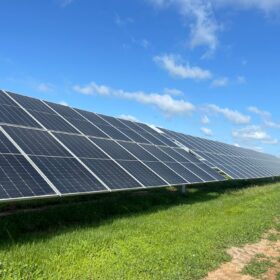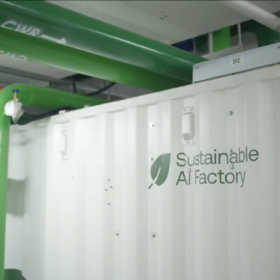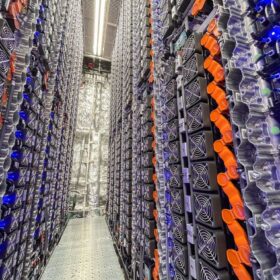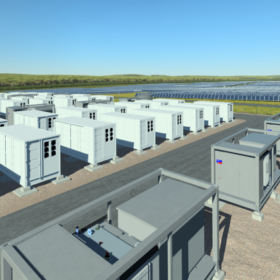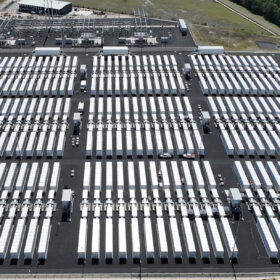Saturday read: Clever by half
Enhanced module appearance and power output can be achieved by a smart cell interconnection technique Longi is employing in its Hi-MO5 module series. But as with all new technologies, there are potential pitfalls.
Sunday read: Unlocking lightweight, flex applications
Not all rooftops can bear the weight of glass PV modules. Some others have curves and shapes ill-suited to uniform, bulky panels. Flexible modules have long been advanced as the solution here, however the keys to unlocking this potential have proven elusive.
Interview: Inverter smarts to tackle integration issues
With rooftop solar surging, smart power electronics will be required to secure system strength and ensure that new limitations on rooftop PV don’t put a break on growth. Italy-based power electronics supplier FIMER believes its new range of string inverters are well equipped to do just that, as explains Fimer Australia and New Zealand’s Jason Venning and Warren Merritt.
Weekend read: No dummies as Chase cuts through solar’s jargon
There’s more to read in the solar world than pv magazine alone, as much as we may hate to admit it. Looking back across some of the industry’s seminal works, leading analyst Jenny Chase’s 2019 book is too valuable, and entertaining, to be ignored.
Focus on industrial processes key for Aussie mega solar, wind projects to become a reality
2020 was the year for mega-solar projects to strike record low prices – US$0.0135/kWh in Abu Dhabi for the unimaginably vast 2 GW Al Dhafra project. Not to be left behind, some Australian project developers are pursuing equally grand plans with cleantech guru Michael Liebreich saying that their likelihood for success will lie in what the proponents plan to do with the vast amount of clean, cheap energy.
Interview: Utility scale, battery storage in Sungrow’s sights for 2021
Having supplied more than 450 MW of residential solar systems in 2020, Chinese inverter giant Sungrow is confident that 2021 will be the year it cracks the utility scale segment. It is also set to introduce a new battery for the distributed market segment, says Sungrow Australia country manager Joe Zhou.
South Australia’s road to 100% renewables is paved with infrastructure challenges
South Australia rounded out 2020 with a record-setting day, in which solar and wind supplied 99.6% of demand on the state’s electricity network on Dec. 27. But as solar veteran and Amrock MD Pierre Verlinden explains, there is some serious infrastructure needed if the state is to realise its 100% renewable ambition.
Weekend read: Maverick not only by name
A small number of utility-scale PV arrays of an entirely different nature are taking shape Down Under. Over the past six years, Aussie solar startup 5B has been developing and deploying its pre-assembled and relocatable Maverick mounting structures “on a shoestring budget.” But with a major solar developer having joined as a strategic investor, the company is now looking to make prefabricated arrays a mainstream option for utility-scale PV.
Weekend read: Performance guaranteed
Guarantees and warranties may be thought to deliver peace of mind, but when underperformance on rooftop systems is detected, diagnosing and demonstrating failures is no simple task. pv magazine’s Virtual Insight on Quality event in November tackled this issue from all angles – and what it means for Australia’s burgeoning rooftop segment.
Why module cleaning makes all the difference
The regular cleaning of solar modules results is optimized power output and protects installations against costly failures. There are multiple approaches to module cleaning, both low-and-high tech. Pol Duthoit from SolarCleano sets out the need and the options.

